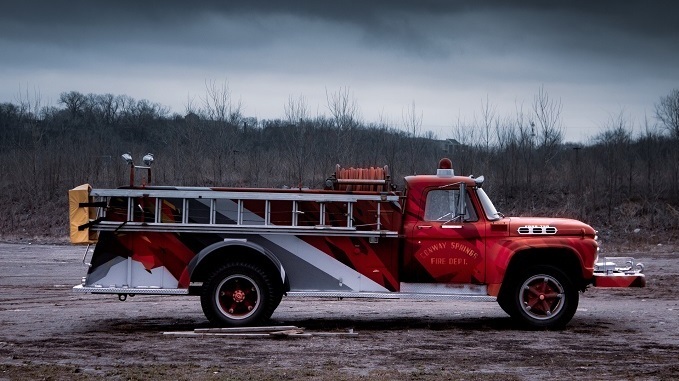Research In Action
Research In Action
Breadcrumb

Last week, a fire broke out at Elwyn Institute, a living facility for adults with disabilities located outside of Philadelphia. Tragically, one man (a resident of the facility) died. Details of the fire are still under investigation.
This very sad incident highlights the fact that individuals with disabilities are at higher risk of dying in a residential fire--as high as 6 times as likely--according to some studies. Someone with an intellectual disability or cognitive deficits may have decreased awareness and ability to assess the risk of a fire, as well as a reduced understanding of an escape plan. A person with a physical disability may have difficulty executing the escape plan. Other behavioral conditions, including anxiety, may make it difficult to execute an escape plan as well. Parents of children with special needs should consider these risks and how they can best prepare their family to react in the event of a fire.
Here are fire safety precautions every family of a child with a disability needs to know:
- Identify a potential rescuer in the event of a fire and regularly practice an escape plan. Traditional recommendations are to practice twice a year, but families of children with special needs may need to practice more regularly until everyone is comfortable with the plan.
- Consider a smoke alarm that includes vibration (e.g., bed shaking) or flashing/strobe lights, particularly if there is a child with a hearing or vision impairment.
- The sound of a traditional smoke alarm may be extremely distressing to a child with sensory sensitivities; a parent-voice alarm may provoke less anxiety and be more effective at waking up a child.
- Use visual aids (e.g, picture story, picture signs) to help teach the child what to do in the event of a fire and to clearly mark the exits.
- Visit a fire station in advance to familiarize the child to the appearance of a firefighter with full gear.
- Notify the local fire department that a child with special needs lives in the house.
For more information (including videos) on fire safety for children with special needs, visit the Safe Kids website.

